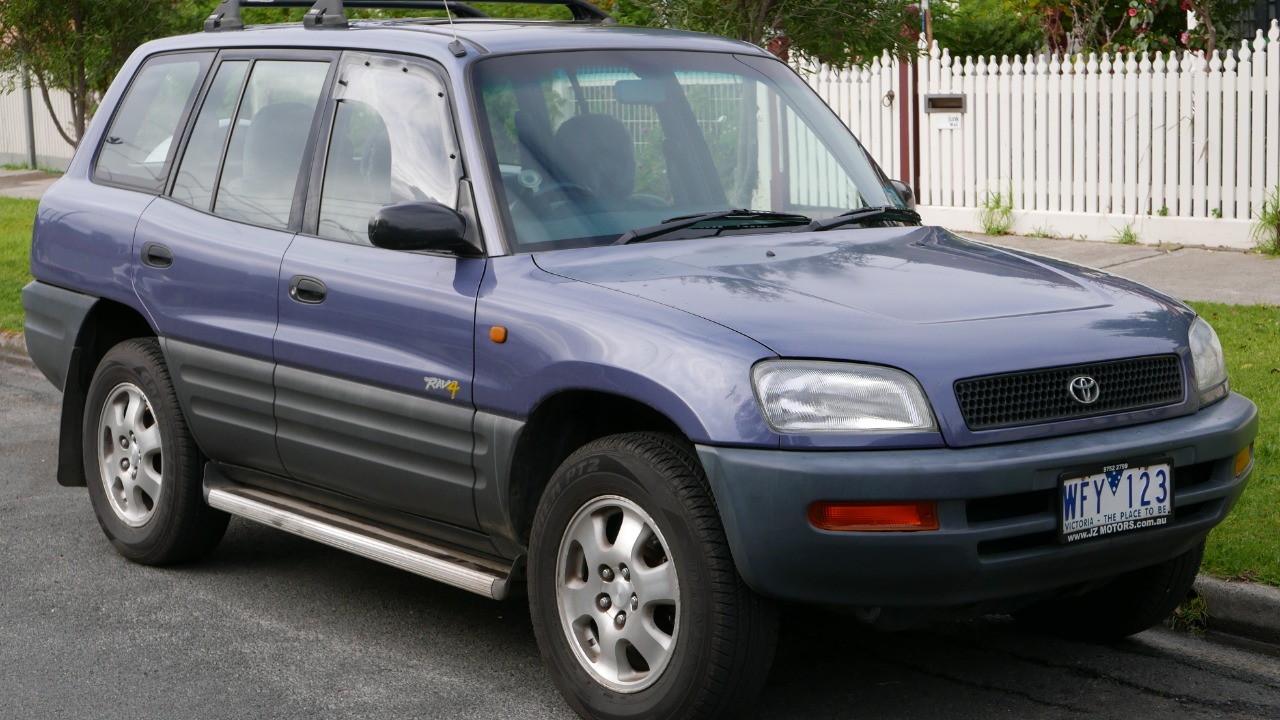
When considering a new or used SUV, one might focus on performance, space, and fuel efficiency. However, rust is a sneaky adversary that can undermine even the most promising vehicles. In this exploration, I delve into seven popular SUVs that have been noted for unexpected rust issues, potentially impacting their reliability and durability.
Ford Escape
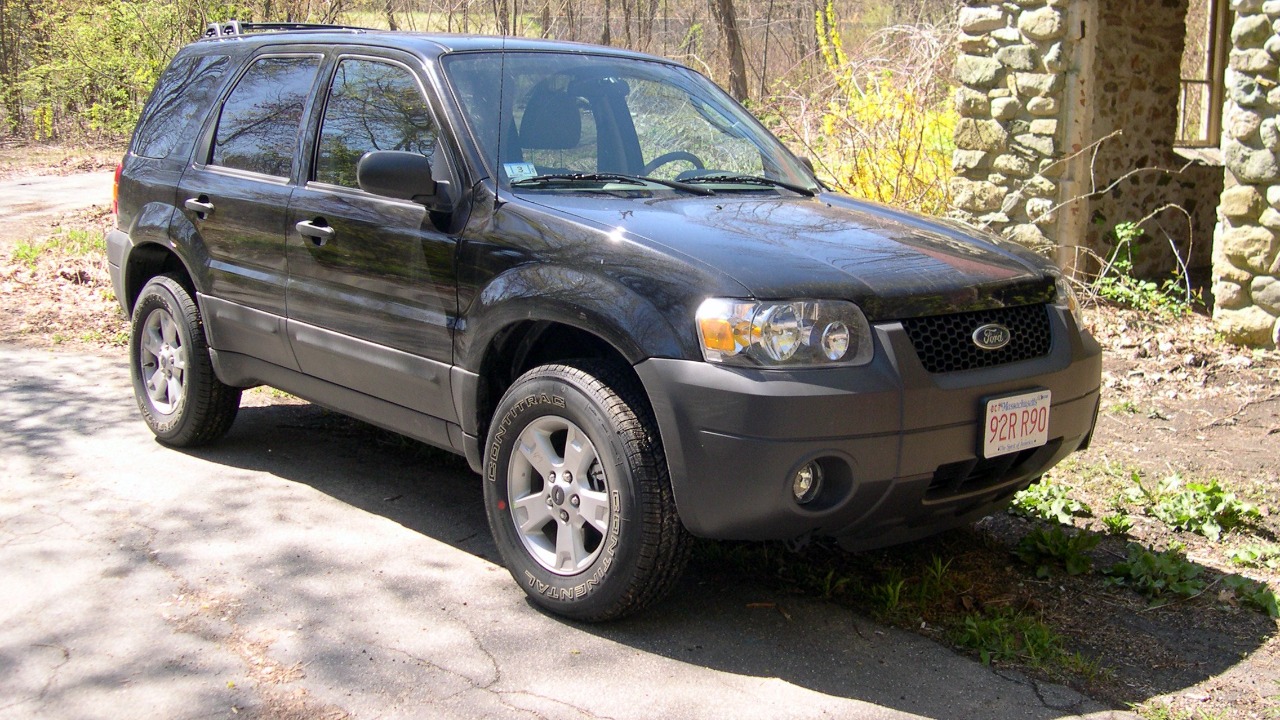
The Ford Escape, particularly models produced between 2001 and 2007, has been reported to have rust issues, especially around the wheel wells and undercarriage. These areas can become vulnerable due to road salt and moisture, leading to costly repairs if not addressed promptly. Owners often report that the rust appears after a few years, even with regular maintenance.
It’s important to regularly check your Escape for signs of rust, especially if you live in a region with harsh winters. Preventative measures can include undercoating treatments and frequent washes to remove road salt residues.
Toyota RAV4
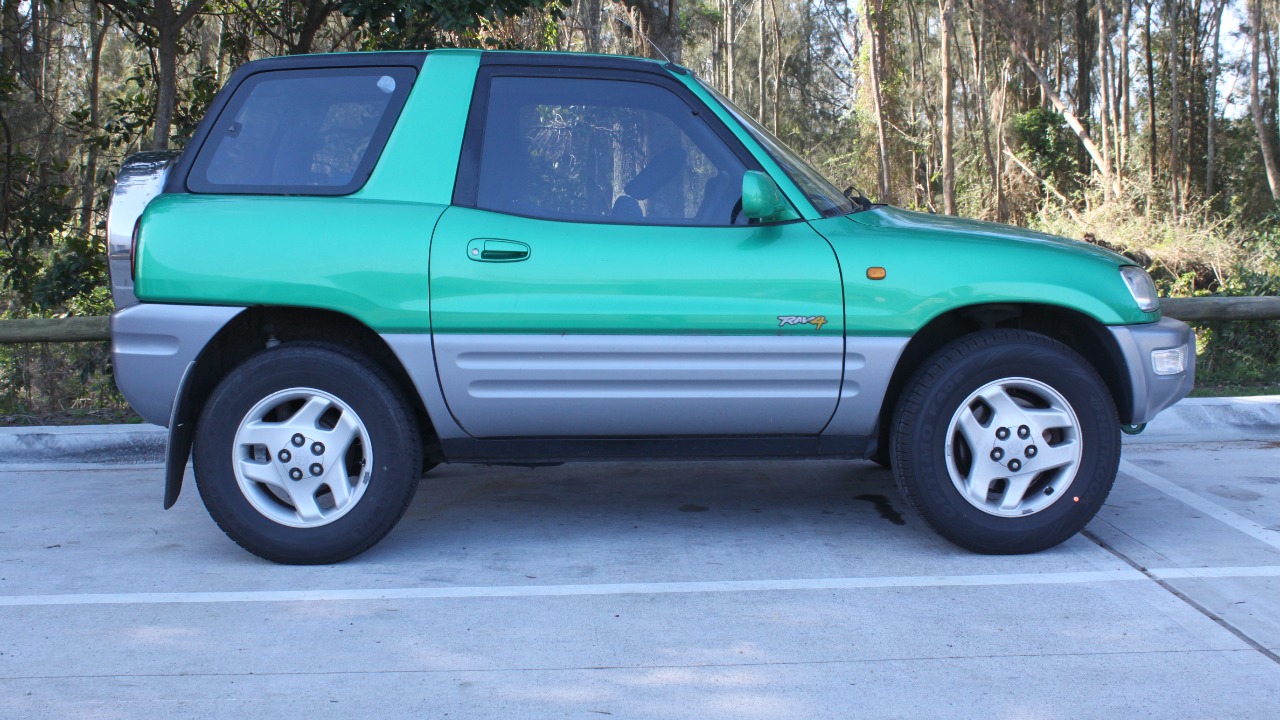
The Toyota RAV4 is one of the most reliable SUVs out there, but it’s not immune to rust, especially in older models from the late 1990s and early 2000s. The rear suspension and the area near the rear wheel wells are particularly susceptible. It’s not uncommon for owners to report rust developing in these areas after several years, particularly in regions with a lot of road salt.
Regular inspection and maintenance can help mitigate these issues. Investing in rust prevention treatments might save you from costly repairs down the road.
Chevrolet Equinox
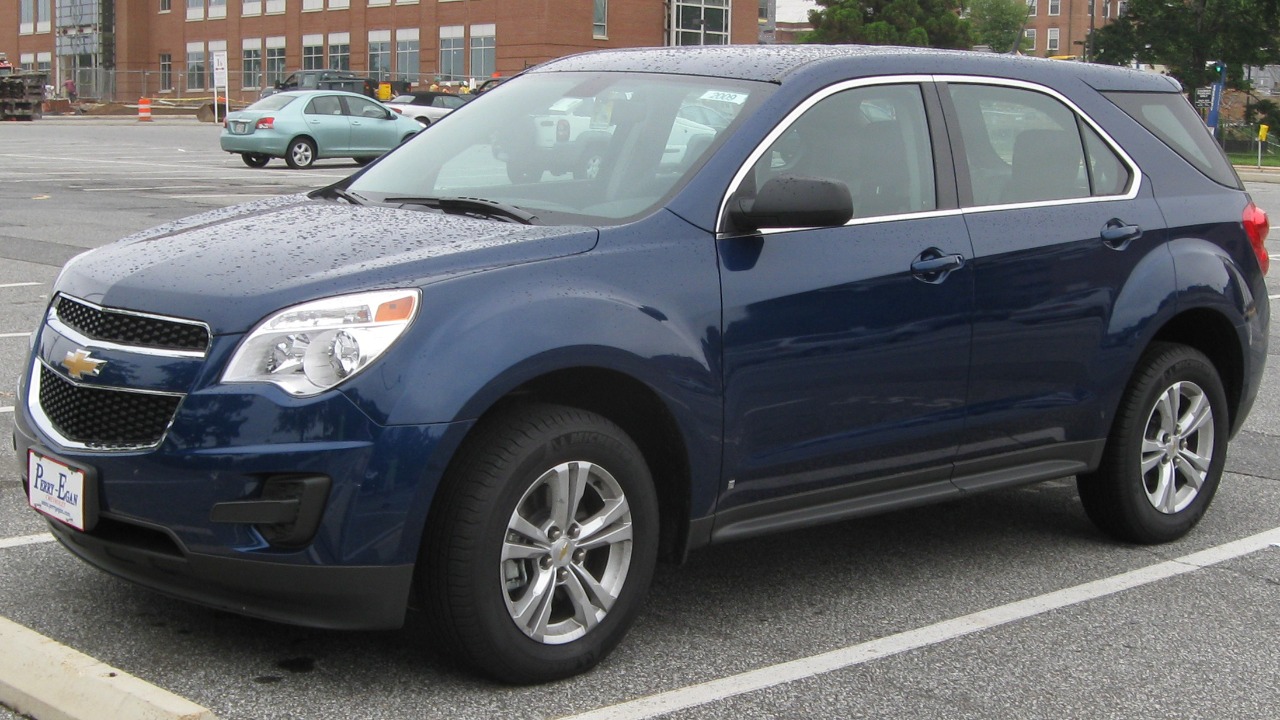
The Chevrolet Equinox, especially the first-generation models from 2005 to 2009, has been noted for rust problems. The most common areas include the undercarriage and the lower door panels. Rust in these areas can become a safety issue if left unchecked, as it may lead to structural problems.
Owners should be vigilant about regular maintenance and consider rust-proofing treatments to prolong the vehicle’s life. Checking for rust during routine services can prevent more extensive damage later on.
Nissan Rogue
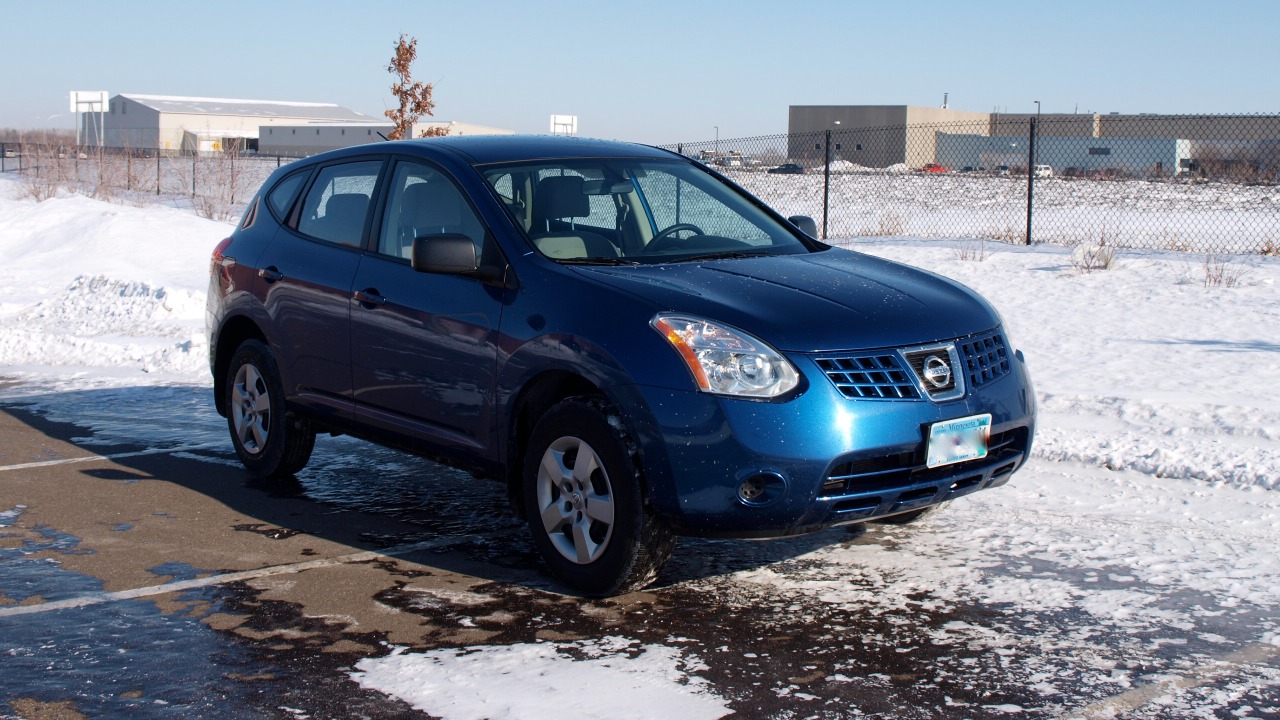
The Nissan Rogue is another SUV that has faced rust challenges, particularly in the models built between 2008 and 2013. The undercarriage and exhaust system are common places for rust to develop. This can lead to leaks and further mechanical issues if not addressed promptly.
Routine undercarriage inspections and keeping an eye on exhaust components can help Nissan Rogue owners catch rust issues early before they become more severe.
Honda CR-V
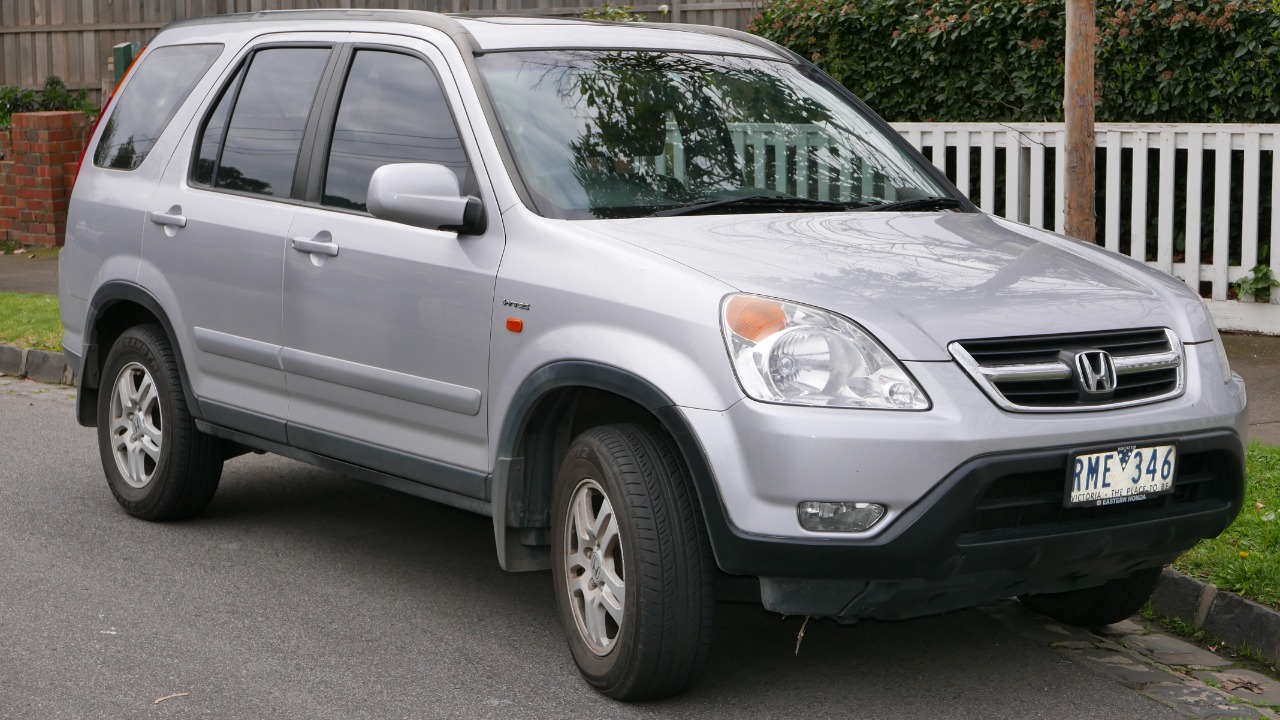
Honda CR-Vs, particularly those from the early 2000s, have been observed with rust problems, often around the rear wheel wells and the tailgate area. In colder climates where road salt is used, these areas can deteriorate faster than expected.
To combat this, regular cleaning and the application of protective coatings can help maintain the integrity of the vehicle. Paying attention to these areas during regular maintenance can help prevent the spread of rust.
Jeep Grand Cherokee

The Jeep Grand Cherokee, while known for its off-road capabilities, is not exempt from rust issues. Models produced in the late 1990s and early 2000s are particularly prone to rust in the undercarriage and door sills. These areas are crucial to the vehicle’s structural integrity and can lead to safety concerns if not addressed.
Owners should consider regular undercarriage inspections and treatments to prevent rust from becoming a more serious problem. For those who frequently take their Jeep off-road, joining enthusiast groups can provide valuable tips on maintenance and rust prevention.
Subaru Forester
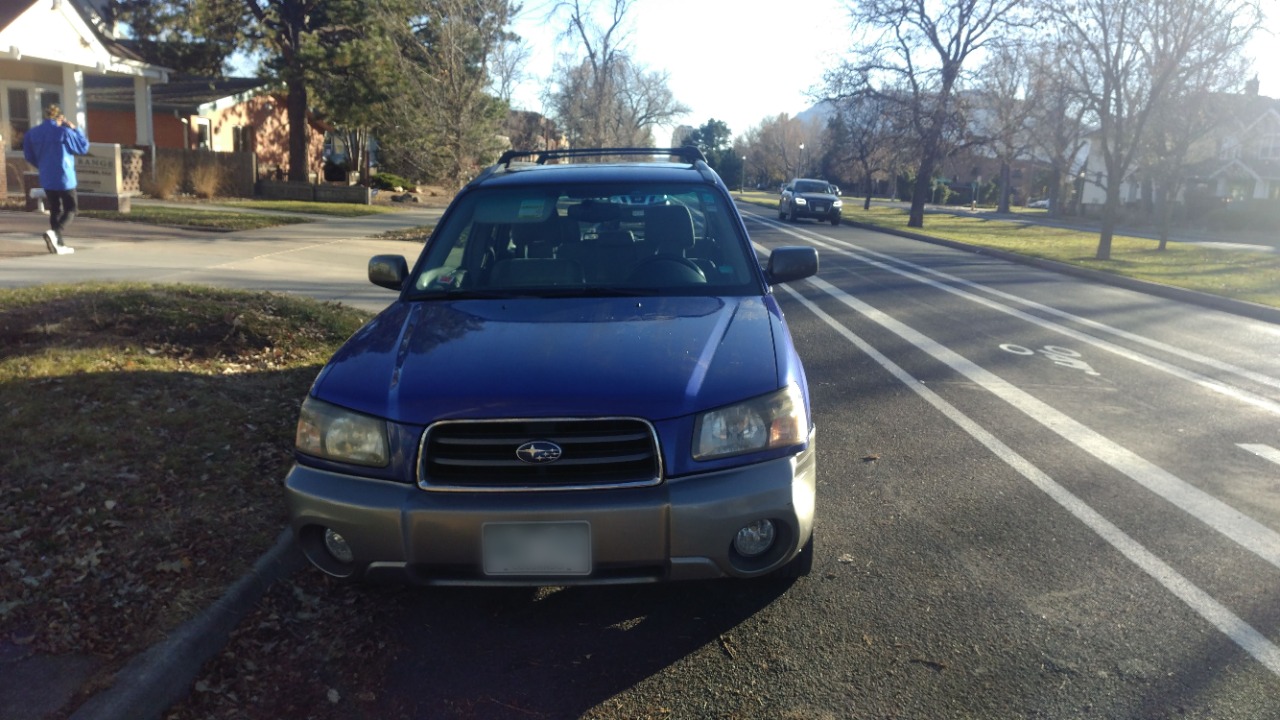
Subaru Foresters, especially those from the early 2000s, have been noted for rust issues, particularly around the rear suspension components and the wheel arches. This is often exacerbated by exposure to road salt or coastal environments.
Regular washing and rust-proofing can help keep these issues at bay. Checking these areas during routine maintenance can also help catch rust before it becomes a significant problem.